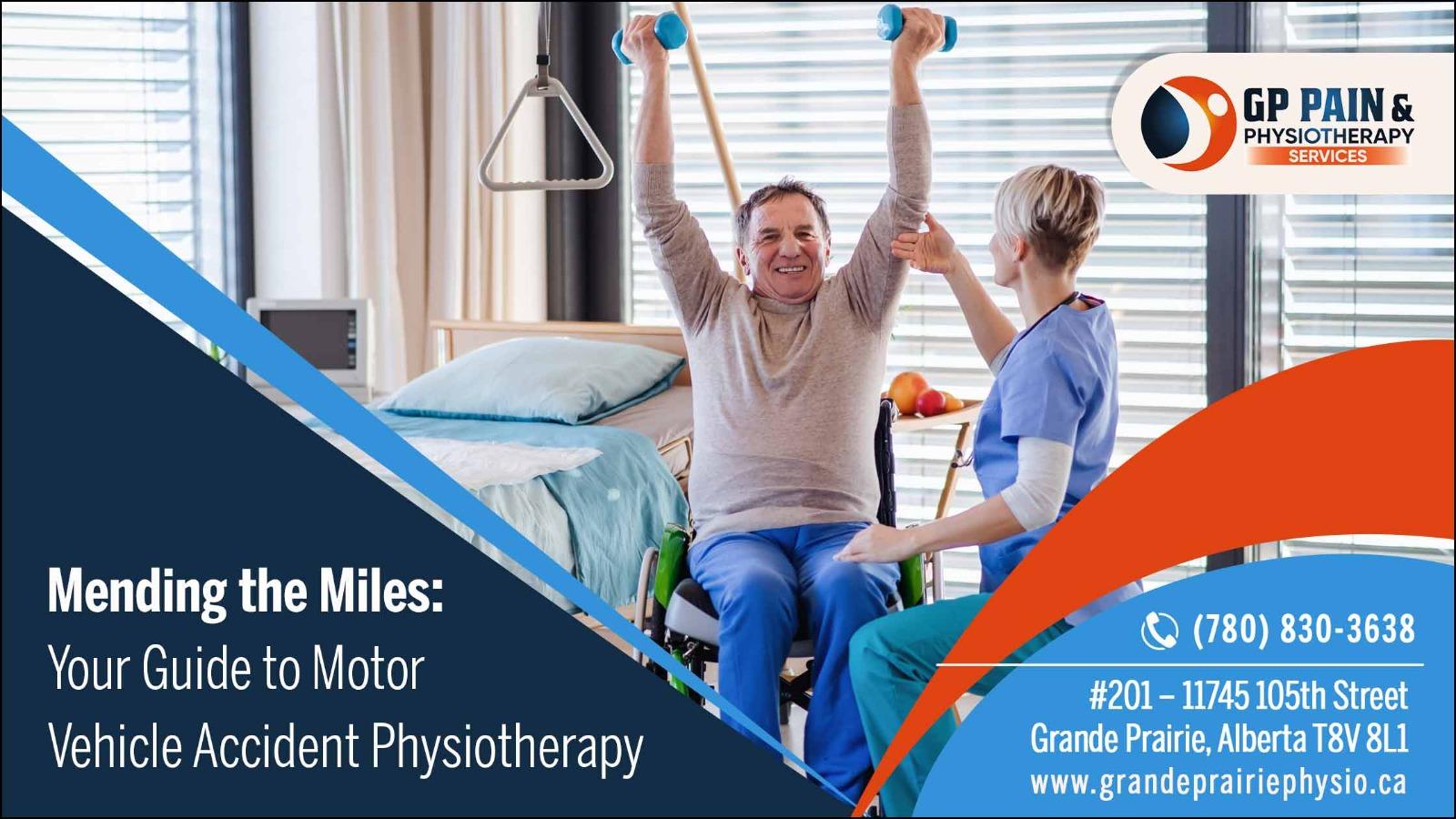
Car accidents can lead to a variety of injuries, ranging from whiplash and muscle strains to more serious damage like fractures or soft tissue injuries. One of the most effective and commonly used methods for managing pain and speeding up recovery after a car accident is the application of hot and cold therapy. Car accident physiotherapy Grande Prairie At GP Pain & Physiotherapy, we utilize hot and cold therapy as part of a comprehensive treatment plan to help patients recover from their injuries.
How Hot and Cold Therapy Works
Both heat and cold therapy play crucial roles in managing pain and promoting healing, but they work in different ways and are typically applied at different stages of recovery.
Cold Therapy (Cryotherapy): Cold therapy involves the application of ice or cold packs to an injured area. It is usually most effective in the immediate aftermath of an injury when inflammation and swelling are most pronounced.
Hot Therapy (Thermotherapy): Heat therapy uses warmth to soothe and relax muscles, improve circulation, and promote healing. Heat is typically applied after the initial swelling and inflammation have subsided.
Cold Therapy for Car Accident Injuries
Cold therapy is especially beneficial in the acute phase of injury—usually the first 48 hours after the accident. During this time, cold therapy helps to:
Reduce Inflammation and Swelling: After a car accident, injured tissues become inflamed due to increased blood flow and the body’s natural healing response. Applying cold therapy constricts blood vessels, which reduces swelling and prevents further tissue damage.
Numb Pain: Cold therapy temporarily numbs the affected area by reducing nerve activity, providing relief from the intense pain that often follows car accidents. This is especially useful for sprains, bruising, or muscle strains caused by impact.
Minimize Bruising: Cold therapy can reduce the extent of bruising by slowing down blood flow to the area, which prevents excessive pooling of blood under the skin.
At GP Pain & Physiotherapy, we often recommend using ice packs for 15-20 minutes at a time, several times a day, in the early stages of recovery. This is especially helpful for managing conditions like whiplash, muscle strains, and joint injuries, which are common after car accidents.
Hot Therapy for Car Accident Injuries
Once the acute phase has passed, and inflammation has reduced, heat therapy becomes a key tool for aiding in the recovery process.
Relaxing Stiff Muscles: Heat therapy promotes relaxation by increasing blood flow to stiff or sore muscles. This helps loosen up tight areas, making it easier to move and stretch without pain.
Promoting Circulation and Healing: Heat dilates blood vessels, allowing more oxygen and nutrients to reach the damaged tissues. This boosts the body’s natural healing process and reduces the risk of long-term complications like scar tissue formation.
Easing Chronic Pain: For those dealing with lingering or chronic pain after a car accident, heat therapy can be an effective way to manage discomfort, especially in areas like the lower back, neck, or shoulders.
At GP Pain & Physiotherapy, we often incorporate heat therapy into the later stages of rehabilitation for car accident injuries. Our team may use heating pads, warm baths, or paraffin wax treatments to help patients regain mobility and reduce muscle stiffness.
When to Use Hot and Cold Therapy
Knowing when to use hot versus cold therapy is important to maximize the benefits of each treatment. Here’s a simple guideline:
Cold Therapy: Use cold therapy immediately after the injury (within the first 48 hours) to control swelling and numb pain. Ice packs are ideal for soft tissue injuries, sprains, and bruising.
Hot Therapy: Switch to heat therapy after the initial swelling has gone down (usually 48-72 hours after the injury). Heat is ideal for chronic muscle pain, stiffness, and improving flexibility.
It’s important to avoid applying heat to an area that is still inflamed, as this can make the swelling worse. Likewise, overusing cold therapy can reduce circulation and delay healing if applied for too long.
Combining Hot and Cold Therapy
For certain car accident injuries, alternating between hot and cold therapy can be highly effective. This technique, called contrast therapy, helps improve circulation, reduce swelling, and promote muscle relaxation. At GP Pain & Physiotherapy, we may recommend alternating heat and cold treatments for injuries like sprains, joint pain, or deep muscle stiffness.
Conclusion
Hot and cold therapy is a simple yet powerful tool for managing pain and promoting recovery after a car accident. Whether it’s reducing swelling and numbing pain with cold therapy or soothing sore muscles and improving circulation with heat, these treatments play a key role in the rehabilitation process. At G P Pain & Physiotherapy in Grande Prairie, our experienced team uses a combination of both therapies, tailored to each patient’s specific needs, to help them recover more quickly and safely from car accident injuries.
#motorvehicleaccidentphysiotherapygrandeprairie #motorvehicleaccidentphysiotherapy #motorvehicleaccidentgrandeprairie #gppainphysicaltherapy #grandeprairiephysiotherapy #physiotherapynearme #physiotherapygrandeprairie #physicaltherapygrandeprairie #physicaltherapynearme #physicaltherapy #physiotherapistclinic #physiotherapytclinic #physicaltherapyclinic